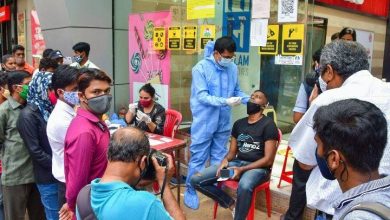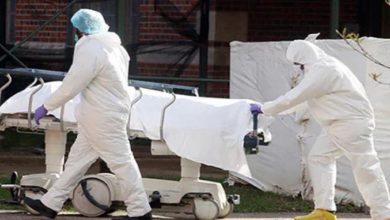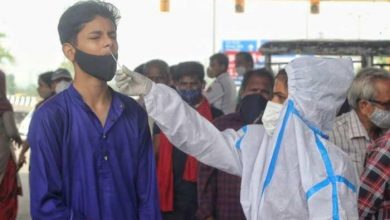Dharavi & Ganjam District Model For COVID19 Control Praised By OXFORD

New Delhi : Small areas will have to be paid attention to prevent corona infection. The same has been observed by Oxford University after studying 310 cities.
This can be learned from Ganjam in Odisha and Dharavi in Maharashtra, where thousands were infected, but today there are less than 200 patients. After the World Health Organization, the World Bank has also praised the Dharavi model.
ResearchTeams from Oxford University and Northeastern University found in the study that the infection spread rapidly in small and densely populated areas. Not only this, it is also the reason behind more people being infected in cities than in villages. According to him, the epidemic can be prevented from spreading if marked in a small pocket.
More trouble in big cities
Epidemiologist Dr. Moriz Kramer said, “We saw why the epidemic hit cities like Madrid and London. Because these were densely populated areas that were not immediately noticed. Hundreds of people got infected even by gathering for a small program.”
According to him, there may not be a single method for every city, but the screening measures can be the same everywhere.
The most successful model of infection prevention is in India
Ganjam –The first case was found on May 2 in Ganjam district of Odisha. In August, the rate of corona positive patients reached 59%, after which measures were taken, now 98% of the 20430 patients have been fully recovered, only 188 patients are left.
What did they do to prevent infection?
Power given to sarpanch to prevent corona infection, COVID19 Management Committee was formed in every village, which went door to door for screening six times. More than a thousand volunteers kept an eye on those who were arbitrary. An ambulance was kept ready in five villages.
Dharavi –The world’s largest slum. The first case came here on 1 April. After that, the cases increased rapidly. In a very short time, 3280 cases were recorded. Due to vigilance, 85% patients have been cured and only 192 are infected here.
What did they do to prevent infection?
A team of doctors went door-to-door to screen, those who showed fever or other symptoms, were immediately sent to the hospital. On the other hand, small hospitals were also built. Most people go to public toilets here, hundreds of people used to go to the same toilet, so a large number of mobile toilets were arranged.
Special points of study
– Corona infection reaches the highest level in a short time in a dense population.
– There is also community spread, where there is more contact between communities, more infections are recorded there.
– Areas with economic activity, weddings, mass organizing became hotspots.










